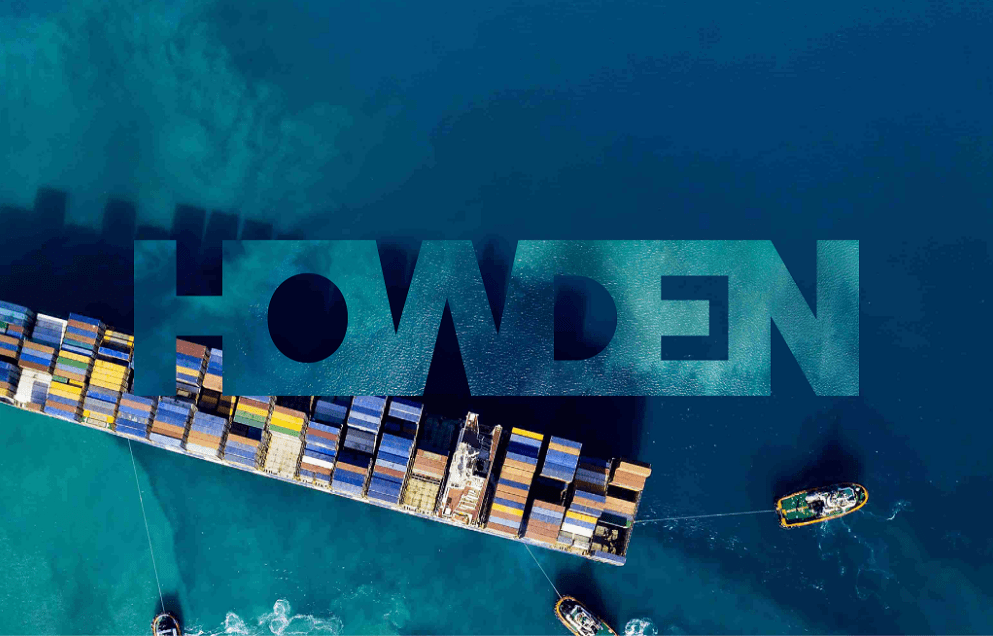Games of Coopetition between P&I Clubs: A Game-Theory Perspective
Published
Read time
Knowledge Series 1/2024:
Games of Coopetition between P&I Clubs: A Game-Theory Perspective
"In competitive behaviour, someone always loses." – Nash, A Beautiful Mind.

The origin of the Game Theory lies in the mathematical formulations of John von Neumann and Oskar Morgenstern (1944). One of the significant contributors to Game Theory was John Nash, a Nobel Laureate in Economics who was portrayed by Russell Crowe in the Hollywood blockbuster, "A Beautiful Mind."
IG P&I system works.
It has worked long enough and can be called statistically credible. It protects approximately 90% of the world's tonnage and is a force for good in international trade. We know "how" the IG P&I system works, but the answer to “why” it works lies partly in "Game Theory."
Game Theory offers mathematical models of strategic interactions between rational players. In this case, P&I Clubs are the rational players interacting in the P&I market, each acting for their own interest. In the world of insurance, IG P&I Clubs have set an example for being distinctive participants in games of "coopetition."
"Coopetition" is a blend of "Cooperation" and "Competition."
Coopetition arises when companies share mutual objectives in certain areas while having conflicting interests in others, creating a dynamic where collaboration and competition coexist. Game theory sheds light on patterns of behaviours seen in the interactions among different companies. For instance, a P&I Club may consider the moves of other P&I Clubs when deciding its course of action. This is because the outcomes of underwriting are influenced not just by its own decisions, but also by the choices made by other P&I Clubs.
Firms that embrace “Coopetition” as a strategy demonstrate cooperation in the upstream activities like collaborating on research and development to improve common conditions such as potential demand and market size. On the other hand, same firms can compete in downstream activities like sales and marketing of their products and in deciding independently on their pricing strategy. This strategy can enhance productivity, lower expenses, broaden market reach, and accelerate innovation.
While coopetition is common in sectors such as technology, where swift innovation and collective industry benchmarks are crucial, IG P&I Clubs exhibit this blend of cooperation and competition in their operations.
Elements of cooperation:
- The most important element of cooperation between IGP&I Clubs is the claims pooling arrangement over their individual retention of US$10 Mln. In addition, IG Clubs collectively buy reinsurance that helps members avail cover for significantly high limits at low costs.
- The group provides a platform for sharing information on claims, potential liabilities and other matters that could be of concern to members and clubs. This way of cooperation is vital for designing suitable covers and in minimizing potential liabilities for members.
- The group collectively represents the interests of members at national and international forums.
- Considering the long-tail nature of liabilities and P&I risks, clubs need to maintain a stable, mid to long-term membership. This continuity is achieved through restrictions imposed as set in IGA (International Group Agreement). An example of such restriction is that clubs can’t induce members of other clubs by reducing premiums. Additionally, members switching clubs at P&I renewals are required to pay release calls to relieve themselves from potential liabilities towards paying future calls for open policy years.
Elements of competition:
- If a fleet is split between two or more clubs who have become holding clubs, then the holding clubs can compete for a new vessel attaching to the fleet.
- At each renewal, clubs independently decide their target General Increase, Discounts or Supplementary calls based on their assessment of current and potential liabilities.
- Each group club decides on the release calls they need to apply to members. Release calls are applied based on club’s actuarial assessments of reserve risks, market risks, default risks etc.
- Clubs invest in technology and resources as they deem fit to provide a high-quality service to their members. Through a combination of soft and hard factors, clubs signal their competitiveness, uniqueness, and quality to existing and potential new members.
By balancing cooperation and competition, the group clubs can collectively provide substantial benefits to their members at modest costs.
While there are potential areas of further cooperation within the group, the underlying philosophy of the international group works in the interest of its members, and game theory offers a tool to understand the workings of the group objectively.
We will continue to explore this further in our future knowledge series.
References:
Mahito Okura, Coopetition Strategy: Toward a New Kind of Interfirm Dynamics? International Studies of Management & Organization, Summer, 2007, Vol. 37, No. 2, (Summer, 2007), pp. 53-69
Larry Samuelson, Game Theory in Economics and Beyond, The Journal of Economic Perspectives, Fall 2016, Vol. 30, No. 4 (Fall 2016), pp. 107-130
https://www.igpandi.org/
https://www.igpandi.org/article/group-agreements/
--------
For any questions related to this article or if you wish to discuss your specific insurance requirements, please get in touch with your usual contact at Howden or contact us by email on [email protected]